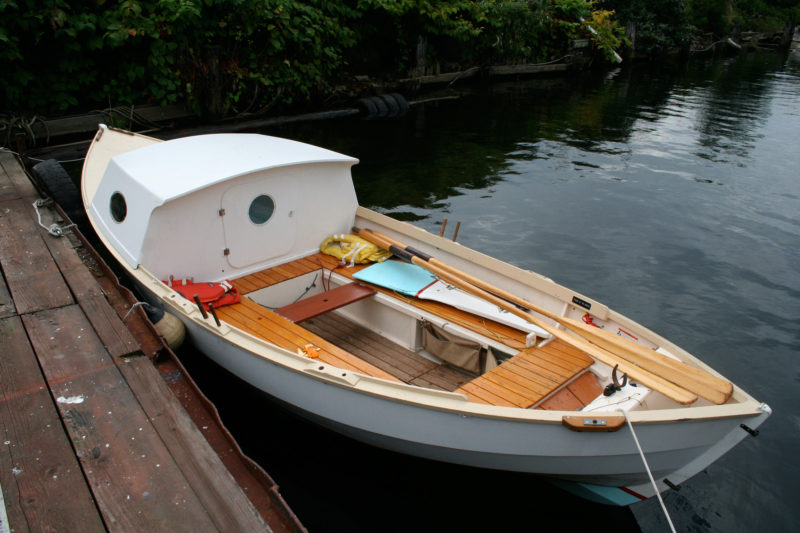
I made the cabin strong enough for me to crawl over it. But while I could get to the foredeck for anchoring, tending to the mainsail was awkward. The cabin was better suited to motoring.
In 2004, my kids, then 14 and 11, and I decided a Caledonia yawl was the boat we needed for cruising. While I was building the hull I revised the plans to make the interior as comfortable as possible for them.
When I was about their age, my father took me and my older sister backpacking every summer. He liked to keep things simple, and the only camping shelter we ever had was a big piece of Visqueen, 4mm black plastic sheeting. On a sunny day it provided shade, but radiated its own sweltering heat; on a stormy day it let the wind and rain fly through. I thought I could do better by my kids, so I made a removable plywood cabin for the yawl.
When the boat was finished, we did one island-hopping cruise with the cabin in place, and that convinced me to replace the cabin with a collapsible dodger that wouldn’t block my way to the mainmast and foredeck like the cabin did. The cabin sat in the side yard for a decade getting mossy.
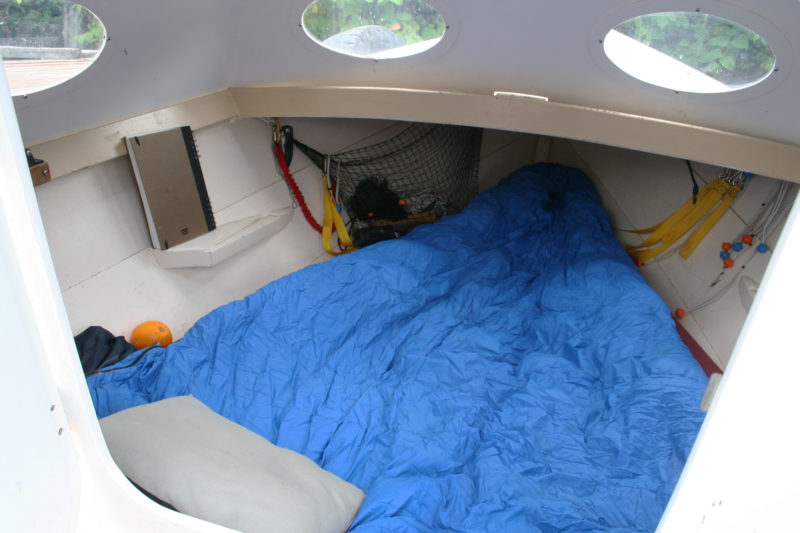
The forward compartment is compact but cozy and well sheltered from wind and rain.
I’d never slept under the cabin, and this year I wanted to give that a try and to see how it fared as a pilothouse while underway. I cleaned it up and drilled a few holes in the back wall for a steering line and a kill-switch cord. I made a two-armed rudder yoke to replace the one-armed Norwegian tiller arrangement, but that had a rather ungainly look to it. I realized that I could use the one-armed tiller by putting the boomkin in place and running the steering line through the pulley normally used for the mizzen sheet. That arrangement worked well for steering in the cabin, and I could keep the tiller pole in place to steering in the usual manner in the cockpit.
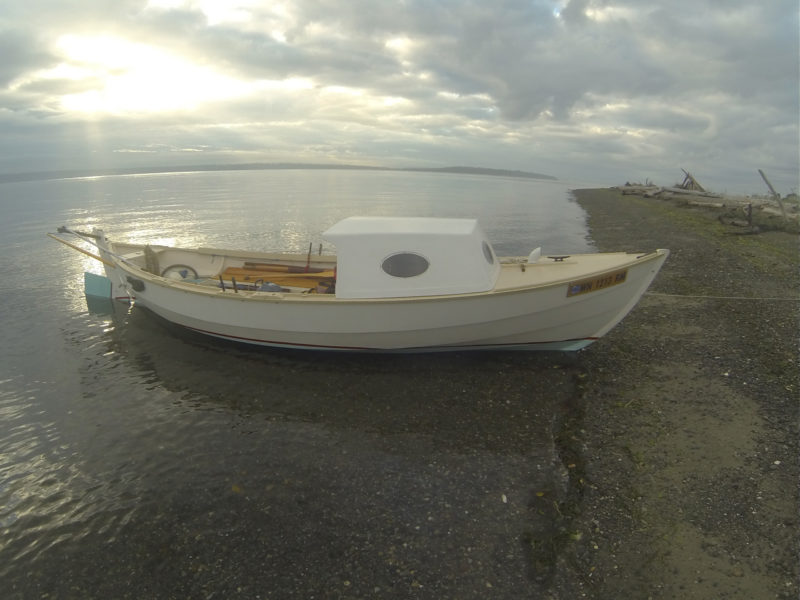
With the sun peeking through the morning clouds, ALISON is ready for motoring east across Puget Sound.
On a cool, overcast Saturday afternoon in August I launched on the west side of Puget Sound, just north of downtown Seattle and motored the 6 miles across the sound to Bainbridge Island. The cabin was a cozy place for motoring—out of the wind and somewhat isolated from the noise of the outboard. The boat required little help holding a course, so all I had to do was sit back and keep any eye out for vessel traffic.
I spent a quiet night anchored at Port Madison, a mile-long dog-legged inlet at the north end of Bainbridge. The forecast was for showers overnight, and although they didn’t materialize, I would have enjoyed listening to the rain on the cabin roof. It’s a pleasant sound when you’re under something more substantial than a flapping plastic tarp. I woke at dawn and rowed out of the inlet to make a quiet exit, then started the motor and retreated to the cabin for the crossing back home.
The cabin is back in the yard again, and while I don’t know when I might use it again, I can’t see parting with it. There may be a time when I can go out with it, listen to the rain, and fall asleep warm and dry.![]()
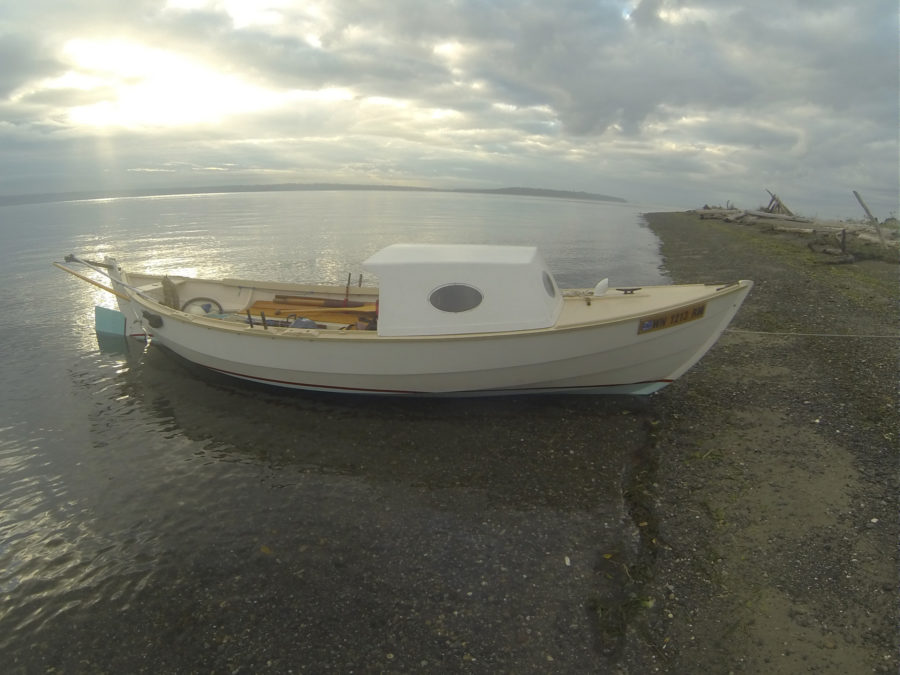
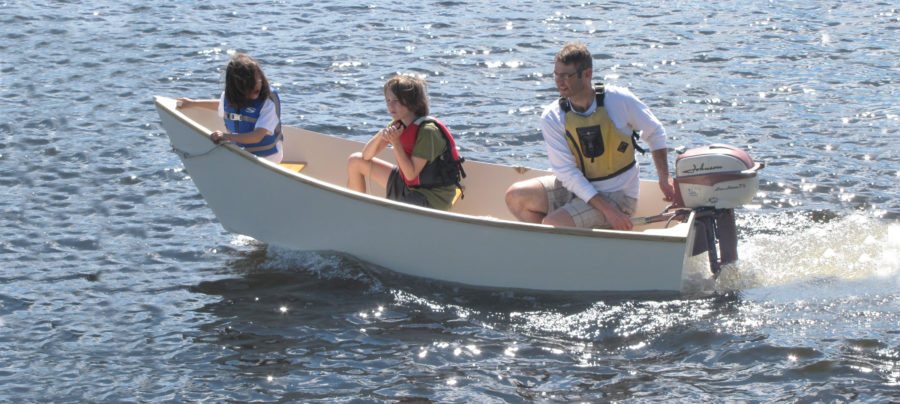
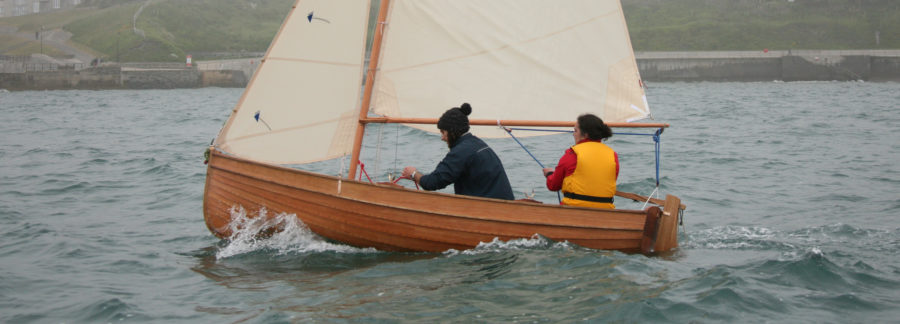
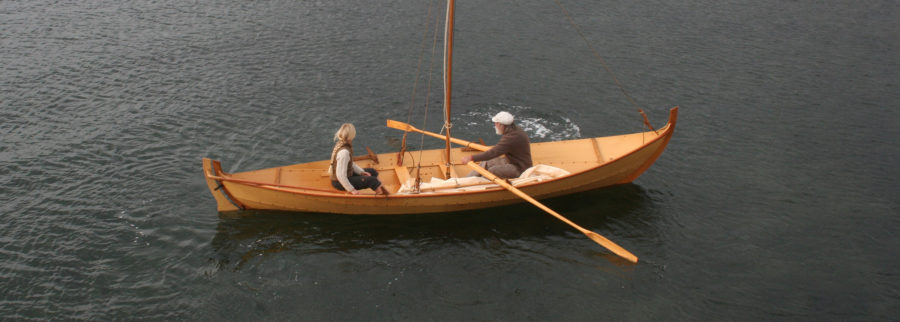
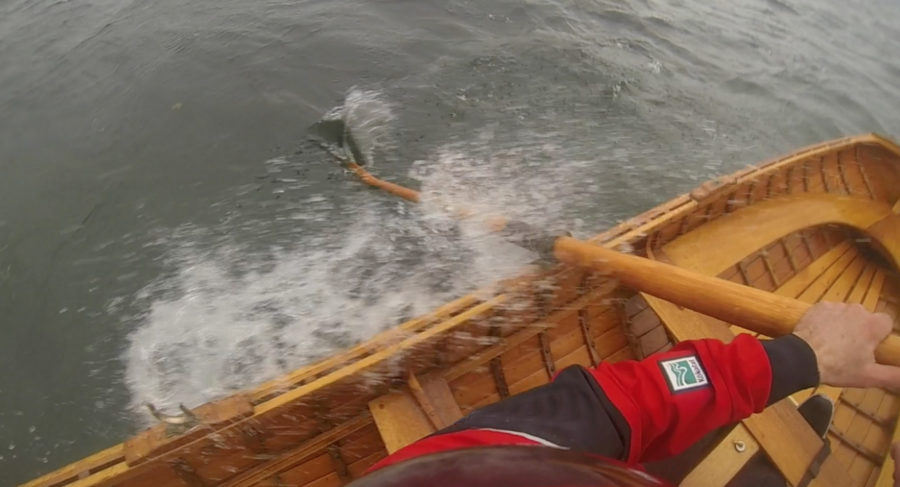
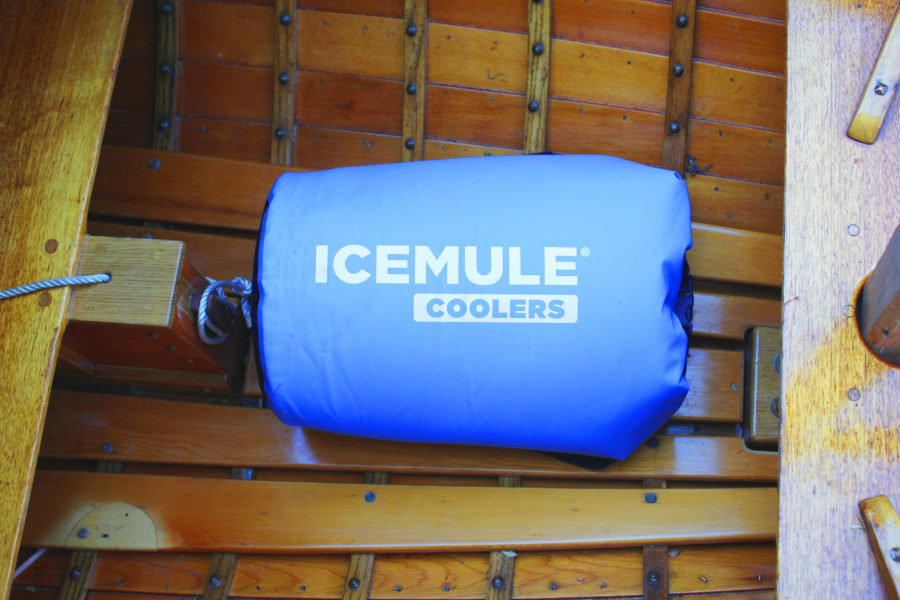
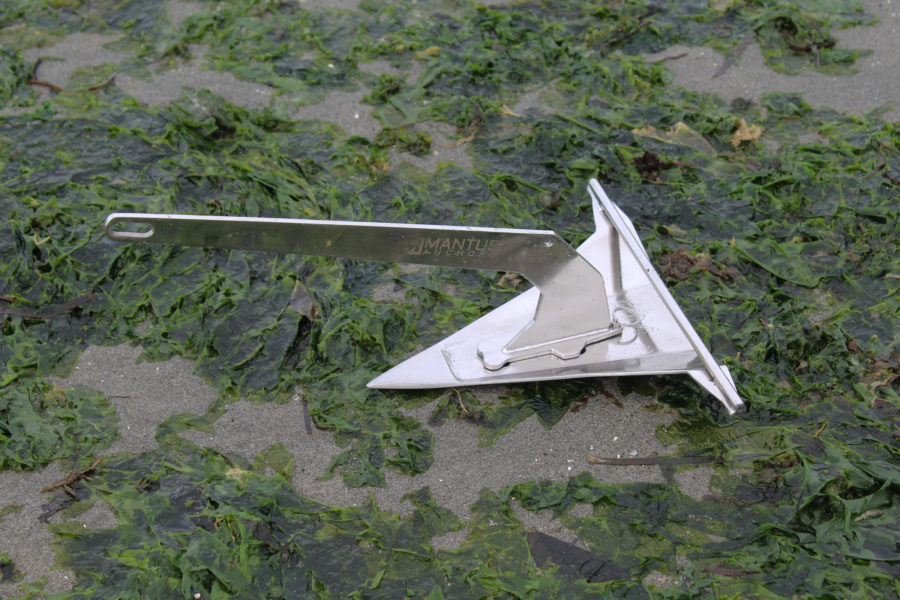
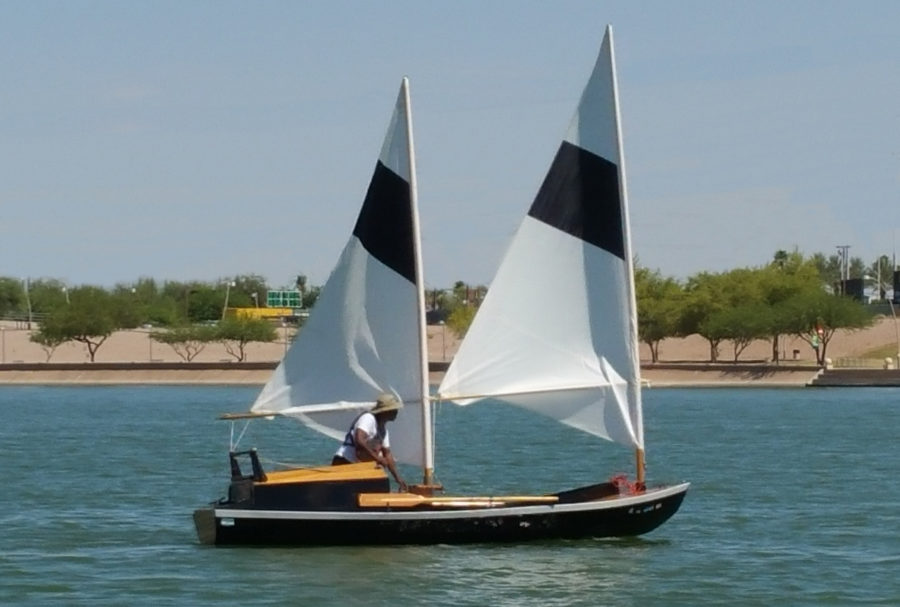

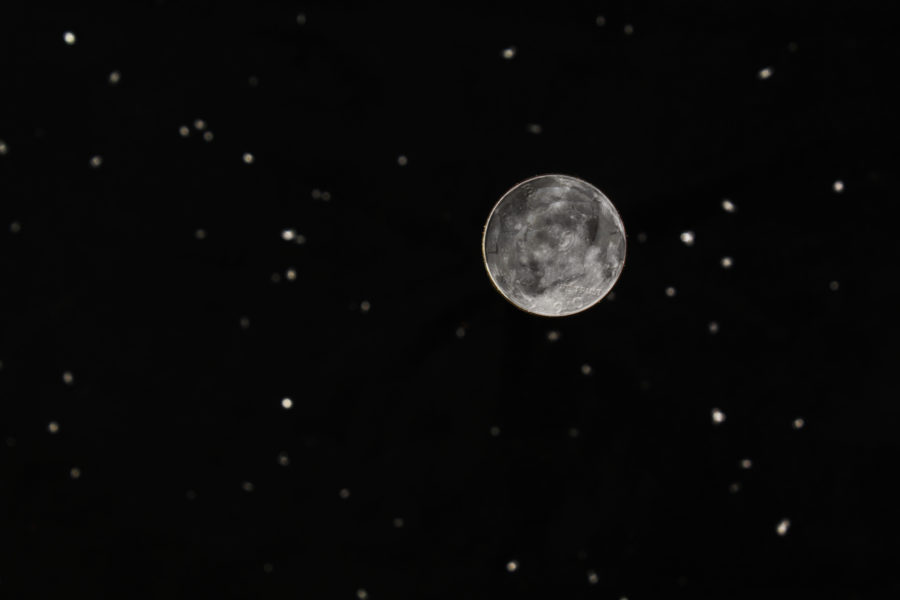
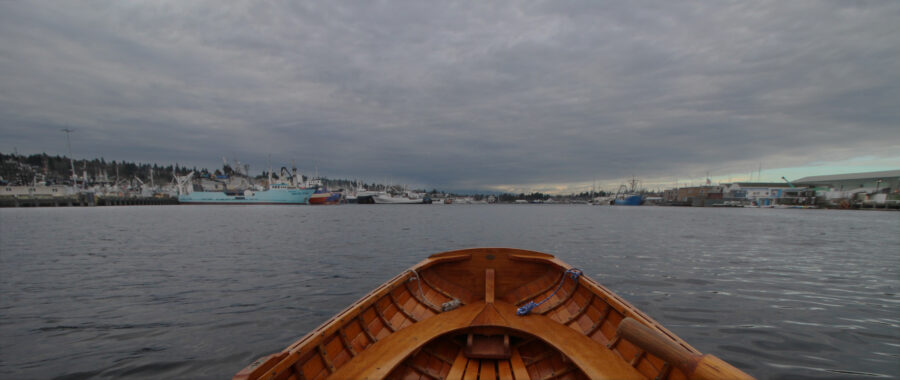
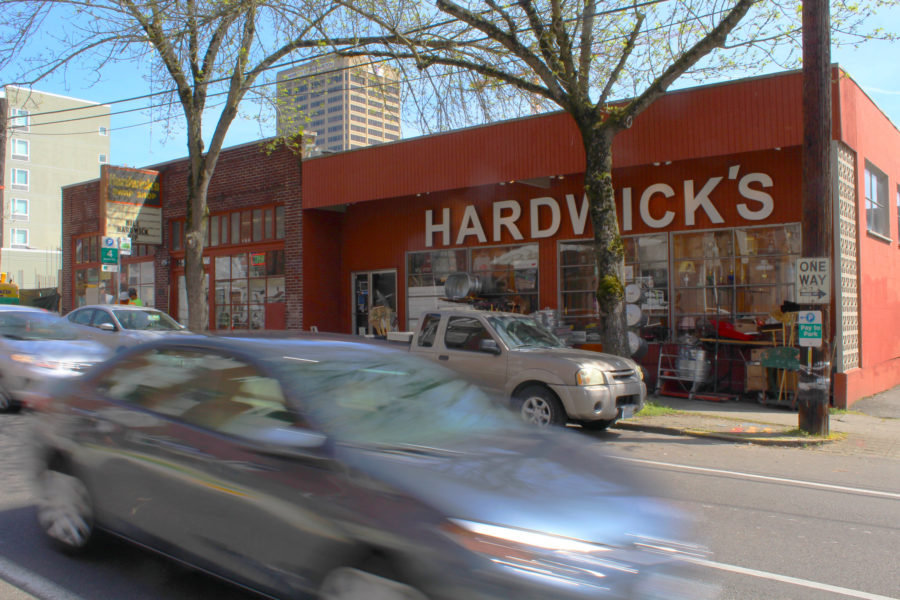
Great set up! I really liked the article a lot. I would love to build something like this to get away in. Thanks.